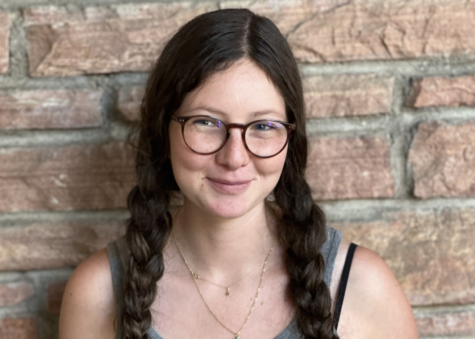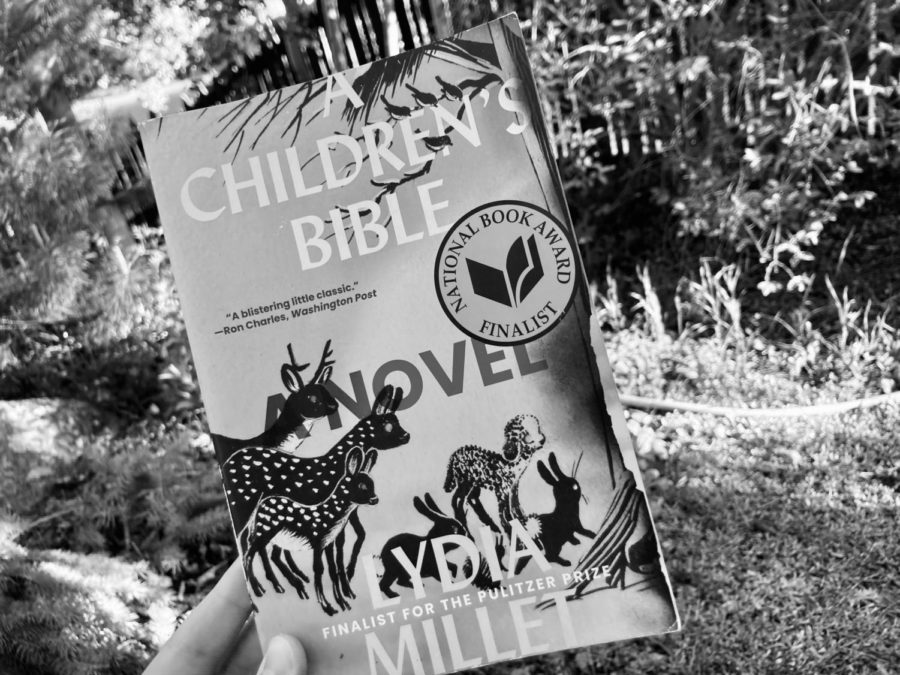Your Next Apocalyptic Late Summer Read
A Review of the Novel “A Children’s Bible”
With its strong characters and eerie predictions, this secular novel contains sufficient wisdom that qualify it to be the new hotel room staple.
Summer is unequivocally the best time to read. Winter can be pleasant, yes, with its blankets and tea, but spend one too many afternoons with a book while it’s snowing and you’ll get an awful case of cabin fever. Reading in the summer is an invitation for wandering, for taking your paperback and winding up in a hammock or a shady spot off-trail or with your feet in the sand.
Maybe, then, I have such fond feelings for Lydia Millet’s “A Children’s Bible” because I read it when I was out seeking the shade last August (although “seeking” implies I devoured it slowly, not in one sitting when I should have been helping with dinner). It starts outside, too: “Once we lived in a summer country.” Time in this book is the driving, invisible force, both in the apocalyptic subject matter and the wispy, dreamlike pacing of its 224 pages.
The novel follows a group of children, most of them teenagers, grappling with climate catastrophe and the incompetence of past generations. Although the characters are young, it is a mistake to label “A Children’s Bible” Young Adult (YA)- the criticisms (although harsh) of the protagonists’ parents are clearly from and for that generation. Instead, the novel wavers between dystopian, contemporary fiction, and biblical allegory. This has the potential to be forced and preachy, but for the most part Millet’s prose is so fluid that it borders on verse and guides the story through.
“Biblical allegory” might scare your little secular heart away, but contrary to the title, “A Children’s Bible” does not proselytize. Instead, the plot loosely follows key stories in the Old and New Testaments. Not knowing these tales won’t render the novel unreadable, but it certainly brings new meaning and depth to the shape of the story.
“A Children’s Bible” is clearly not a summery beach read in the traditional sense of the phrase. It is deliberate, dense but quick. Ron Charles called it “a blistering little classic” and the New York Times rendered it one of the top ten books of 2020. Two years later, the novel still holds strong (and, with each passing day, more relevant).
It is also a book truly best read outside. Parsing through “[w]e reached the creek and shipped our oars. Coasting along to the ocean. This was a narrow waterway, and often our vessels would bump the banks, lodge in the muddy shallows and need to be freed. The water carried us: we were carried” indoors would be a tragedy. It is a story that makes you appreciate the sunlight that much more.

Hannah (rhymes with fauna!) Cohen is ecstatic to be working on the Owl for her third and final year. She loves stories in all their forms, but she mostly has opinions on obscure podcasts and which New York Times opinion columnists are defacing the good name of journalistic analysis. When not busy with stumbling through sheet music, editing nonfiction for jGirls+ Magazine, or seeking out the cheapest bluegrass venue, Hannah enjoys wandering around the mountains with her friends and lovely labradoodle. Although she's slightly preferential to the sweeter, more robust taste of red grapes, she knows that the bliss of biting into a crunchy grape transcends color.


